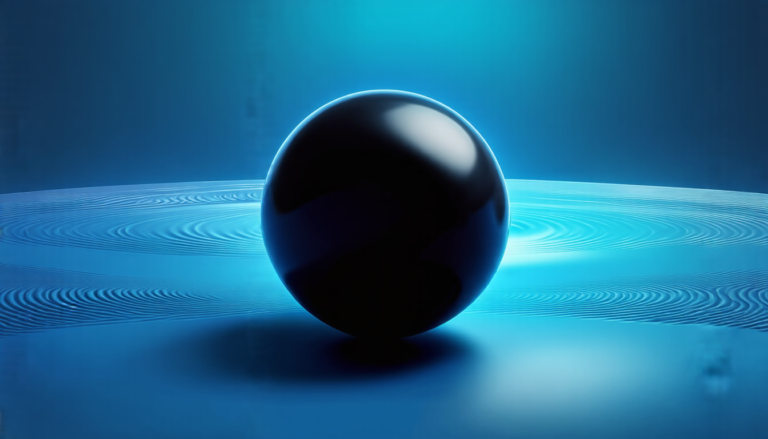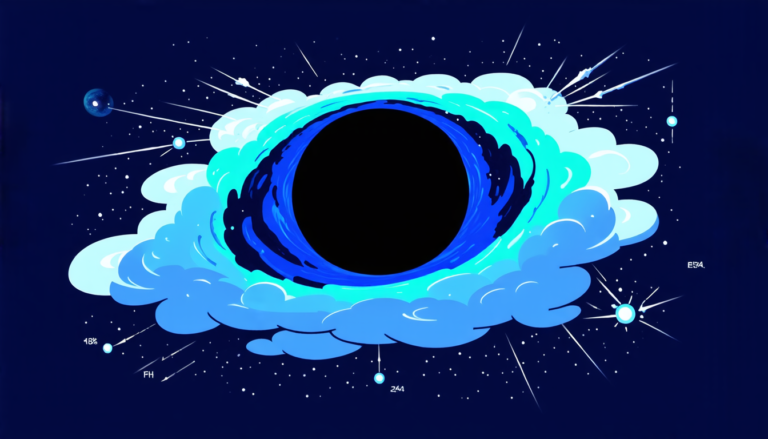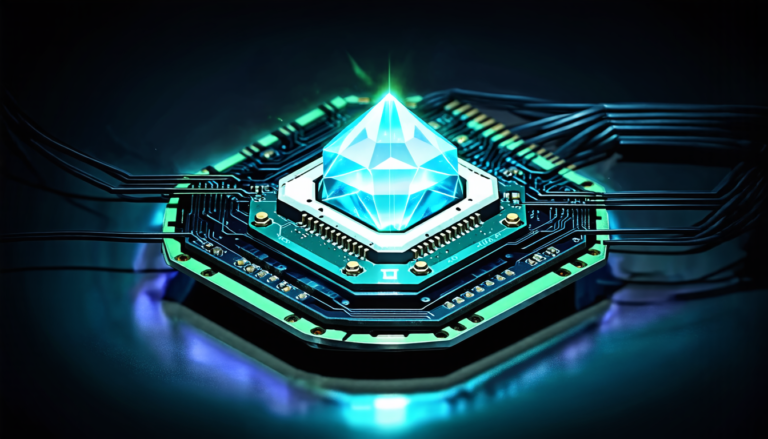Wednesday 16 April 2025
Neutrino detectors are some of the most precise and sensitive instruments in all of physics, tasked with capturing the faint signals left behind by these ghostly particles as they zip through the Earth. But to do their job correctly, these detectors need to be surrounded by a carefully controlled environment that minimizes background noise and interference.
One key aspect of this environment is the surface reflectivity of the materials used in the detector’s construction. You see, when light interacts with matter, some of it bounces back off the surface, creating a signal that can confuse the detector and lead to errors. By minimizing this reflectivity, scientists can reduce the noise floor and improve their chances of detecting those elusive neutrinos.
In a new paper published recently, researchers from the Institute for Basic Science in South Korea have developed a novel method for measuring the surface reflectivity of materials used in water-based Cherenkov detectors – the kind that rely on the detection of light emitted by charged particles as they streak through a bath of water. Their approach uses a combination of an integrating sphere and a goniometer, two tools that are typically used in very different contexts.
An integrating sphere is essentially a large, hollow dome covered in a reflective material like white paint or Teflon. When you shine light into the sphere, it bounces around inside until it eventually exits through a hole on the opposite side. By comparing the amount of light that comes out with the amount that went in, scientists can calculate the total reflectivity of whatever surface they’re testing – including any materials used in their detector.
The goniometer, on the other hand, is a device that allows researchers to measure how light scatters off a surface as it changes angle. By rotating the surface and shining light at different angles, scientists can build up a 3D map of the material’s reflectivity – including both diffuse (scattered) and specular (mirror-like) components.
By combining these two tools, the Korean researchers were able to measure the surface reflectivity of black PVC, a material that’s often used in water-based Cherenkov detectors. They found that this material has a total reflectivity of around 5% when used in air, but drops to about 4% when submerged in water.
But what does all this mean for neutrino detection? In short, it means that scientists can now design their detectors with more precision and accuracy, knowing exactly how much light is going to bounce back off the surface.
Cite this article: “Unlocking the Secrets of Water-Based Neutrino Detectors: A Study on Surface Reflectivity and Angular Profiles”, The Science Archive, 2025.
Neutrino Detection, Surface Reflectivity, Integrating Sphere, Goniometer, Cherenkov Detectors, Water-Based Detectors, Black Pvc, Detector Design, Precision Measurement, Noise Reduction







